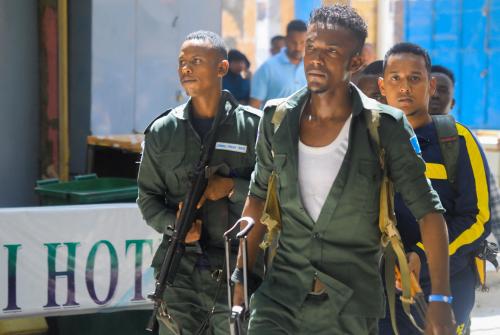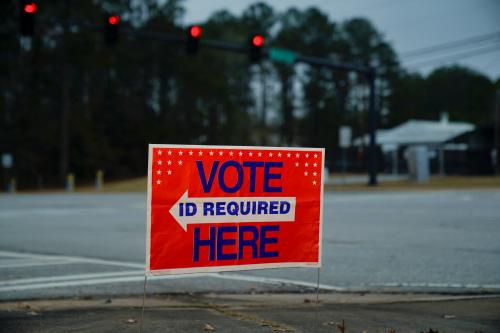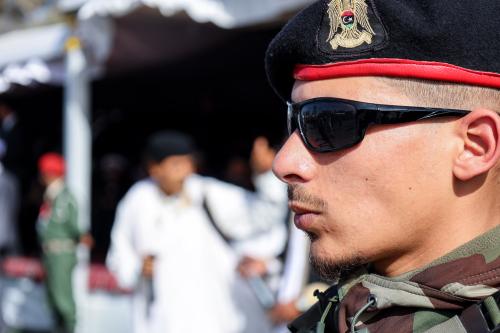Introduction
Pakistan is facing a complex insurgent threat in its North-West Frontier Province (NWFP) and Federally Administered Tribal Areas (FATA). This threat does not emerge from one cohesive insurgency, but rather from a number of distinct and locally-oriented groups, many of which have taken the name “Taliban.” These local insurgencies, moreover, are often limited in their aims, seeking to displace government presence rather than replace it outright. In this sense, the U.S. State Department’s definition of insurgency — which emphasizes attempts by anti-state groups to “seize, nullify, or challenge political control over a region” — is more subtle and applicable to the present frontier context than the more sweeping definition used by the Defense Department —which focuses bluntly on attempts to “overthrow… a constituted government.”
These distinctions are important, because any attempt at counterinsurgency in the Pakistani frontier needs to begin by recognizing the fragmented and often localized nature of the insurgencies which are challenging and gradually displacing the state. In light of these dynamics, and the sheer complexity of the Taliban threat, this paper will take a closer look at the ways in which Pakistan, in its partnership with the United States, might better apply counterinsurgency (COIN) principles in the frontier.
The discussion which follows is based on two presumptions. First, that it is the government of Pakistan, and not the United States, which best understands the local context of the frontier. The Pakistani government should therefore take responsibility for dealing with the insurgencies which have emerged there, and which threaten both the Pakistani state and its allies. And second, that there are a number of ways in which the United States can support these efforts by way of training, equipment, and targeted development efforts.


